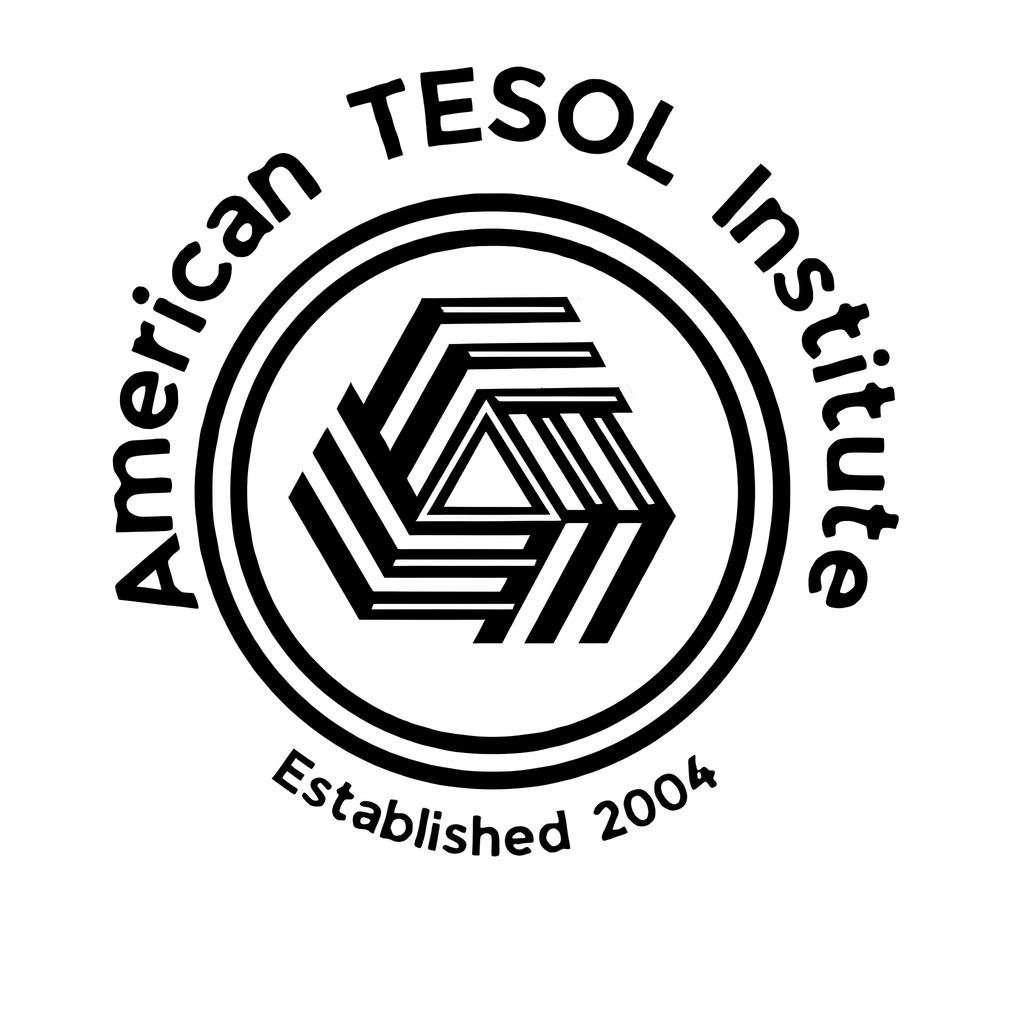Movies are a rich resource for teaching English, offering authentic language, cultural insights, and a visual context that aids comprehension. By incorporating films into your TESOL classroom, you can make learning engaging and interactive while helping students improve their listening, speaking, reading, and writing skills.
Here’s how you can effectively use movies to teach English:
1. Choose the Right Movies
Select films that align with your students’ proficiency levels and cultural interests. Consider:
- Beginner Levels: Animated films or movies with simple plots and clear dialogue, such as The Lion King or Finding Nemo.
- Intermediate Levels: Family-friendly dramas or comedies with relatable themes, like The Pursuit of Happyness or The Devil Wears Prada.
- Advanced Levels: Historical or literary adaptations, such as The King’s Speech or Pride and Prejudice.
2. Pre-Viewing Activities
Prepare your students by introducing key vocabulary, phrases, and cultural references. Activities might include:
- Watching trailers and predicting the plot.
- Discussing movie posters or characters.
- Sharing opinions about the movie’s theme or genre.
3. While-Viewing Activities
Engage students during the movie to maintain focus and encourage active listening:
- Pause-and-Predict: Pause at key moments and ask students to guess what happens next.
- Fill-in-the-Gaps: Provide a transcript with missing words for students to complete.
- Scene Re-enactments: Have students mimic scenes to practice pronunciation and intonation.
4. Post-Viewing Activities
Solidify learning and encourage critical thinking through discussions and creative projects:
- Group Discussions: Reflect on the film’s plot, characters, and themes.
- Writing Exercises: Ask students to write reviews, summaries, or alternate endings.
- Role-Playing: Have students improvise scenes or debates as the characters.
5. Teach Cultural Context
Movies are an excellent medium for teaching cultural nuances. Highlight idioms, accents, and slang, as well as differences in social norms and traditions. Use films like My Big Fat Greek Wedding or Bend It Like Beckham to explore cross-cultural communication.
6. Use Subtitles Strategically
Subtitles can be a powerful tool:
- English Subtitles: Improve vocabulary and reinforce spelling.
- Native Language Subtitles: Provide comprehension support for beginners.
- No Subtitles: Challenge advanced learners to rely on listening skills.
Recommended Resources
- Netflix and YouTube for accessible movies and clips.
- ESL Video (eslvideo.com) for ready-made quizzes based on movie scenes.
- FluentU for interactive movie-based lessons.
- LingQ for transcripts and vocabulary exercises from movies.
Why Movies Work
Movies create an immersive experience that combines auditory and visual learning. They expose students to natural speech, including varying accents, intonations, and cultural contexts. By making learning fun and relatable, movies motivate students to practice English beyond the classroom.
Bring the magic of movies into your lessons, and watch your students’ language skills and confidence soar!



